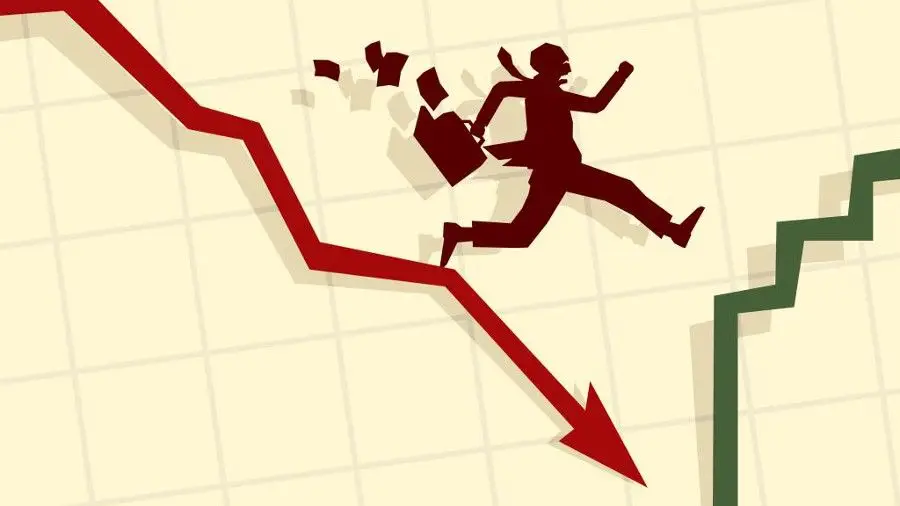- The US dollar trades higher against most major currencies on Friday.
- Traders are having a hard time pricing the next directional move of the US Dollar.
The US dollar (USD) is trading stronger ahead of this week's latest economic data, after seeing ups and downs on Thursday following the release of preliminary US Gross Domestic Product (GDP) for the first quarter. The high personal consumption expenditure (PCE) numbers released sent the dollar jumping on the idea that interest rate cuts would take even longer to happen, with the odds of them happening in December briefly outpacing those of September. When tempers calmed, markets took all the numbers into account and saw it as a game of stagflation, with stocks soaring and weighing the Dollar as rate cuts could still be on the table by 2024 and dismissing rumors of a possible rate hike.
Regarding economic data, the preferred inflation indicator of the United States Federal Reserve (Fed) was published. The personal consumption expenditure (PCE) price index did not provide any major surprises, apart from personal income and spending. People are still spending and that means inflation is not going away quietly, outlining a longer path of stable rates, which should support a stronger US dollar.
Daily summary of market movements: Expectations rise
- Overnight, the Bank of Japan (BoJ) kept its interest rates unchanged, causing USD/JPY to hit 156.80.
- The USD/JPY pair saw a volatile move in the European trading hours, sending the pair to 155.00 before completely erasing the move and returning to trading at 156.75, where it was before the correction occurred, with the markets questioning whether there was intervention by the Japanese Ministry of Finance or the Bank of Japan.
- At 12:30 GMT the Personal Consumption Expenditure (PCE) data for March was published:
- Both headline and core PCE were unchanged at 0.3%.
- The annual general PCE went from 2.5% to 2.7%.
- The annual core PCE remained at 2.8%.
- Monthly personal income rose from 0.3% to 0.5%.
- Monthly personal spending remained unchanged at 0.8%.
- At 14:00 GMT the latest data was published to close this week with the final data for April from the University of Michigan:
- Consumer sentiment went from 77.9 to 77.2.
- Five-year consumer inflation expectations remained at 3%.
- Stocks are generally trading higher following the Bank of Japan's interest rate decision. From Asia, through Europe, to US futures, the main indices are trading with gains.
- CME's Fedwatch tool suggests there is an 88.5% chance of no change in the Fed funds rate in June. The odds of a rate cut in July are off the table, while for September The tool shows a 44.6% probability of rates falling below current levels.
- The 10-year US Treasury bond yield is trading around 4.68% and remains at this level.
US Dollar Index Technical Analysis: On Hold
The US Dollar Index (DXY) continues its bearish trend and it seems almost inevitable that it will close the week in the red. The big question is what cycle the US economy is in, since it is evident that the exceptional label is being shed. Stagflation would be the worst-case scenario for the Fed, unable to cut interest rates with high inflation while US performance deteriorates.
To the upside, 105.88 (a pivotal level since March 2023) must rally again before heading to the April 16 high at 106.52. Further up and above the round level of 107.00, the DXY index could find resistance at 107.35, the October 3 high.
On the downside, 105.12 and 104.60 should provide support ahead of the 55-day and 200-day SMA at 104.40 and 104.10, respectively. If these levels do not hold, the 100-day simple moving average, near 103.70, is the next best candidate.
Frequently asked questions about the Fed
What does the Federal Reserve do and how does it affect the dollar?
The monetary policy of the United States is directed by the Federal Reserve (Fed). The Fed has two mandates: achieving price stability and promoting full employment. Your main tool to achieve these objectives is to adjust interest rates.
When prices rise too quickly and inflation exceeds the Federal Reserve's 2% target, it raises interest rates, raising borrowing costs throughout the economy. This translates into a strengthening of the US Dollar (USD), as it makes the United States a more attractive place for international investors to place their money.
When inflation falls below 2% or the unemployment rate is too high, the Federal Reserve can lower interest rates to encourage borrowing, which weighs on the greenback.
How often does the Federal Reserve hold monetary policy meetings?
The Federal Reserve (Fed) holds eight meetings a year, in which the Federal Open Market Committee (FOMC) evaluates the economic situation and makes monetary policy decisions.
The FOMC is made up of twelve Federal Reserve officials: the seven members of the Board of Governors, the president of the Federal Reserve Bank of New York, and four of the eleven presidents of the regional Reserve banks, who serve for one year on a rotating basis.
What is Quantitative Easing (QE) and how does it affect the USD?
In extreme situations, the Federal Reserve can resort to a policy called Quantitative Easing (QE). QE is the process by which the Fed substantially increases the flow of credit into a clogged financial system.
It is a non-standard policy measure used during crises or when inflation is extremely low. It was the Fed's weapon of choice during the Great Financial Crisis of 2008. It involves the Fed printing more dollars and using them to buy high-quality bonds from financial institutions. QE usually weakens the US dollar.
What is Quantitative Tightening (QT) and how does it affect the US Dollar?
Quantitative tightening (QT) is the reverse process of QE, whereby the Federal Reserve stops buying bonds from financial institutions and does not reinvest the capital of the maturing bonds it has in its portfolio to buy new bonds. It is usually positive for the value of the US Dollar.
Source: Fx Street
I am Joshua Winder, a senior-level journalist and editor at World Stock Market. I specialize in covering news related to the stock market and economic trends. With more than 8 years of experience in this field, I have become an expert in financial reporting.







